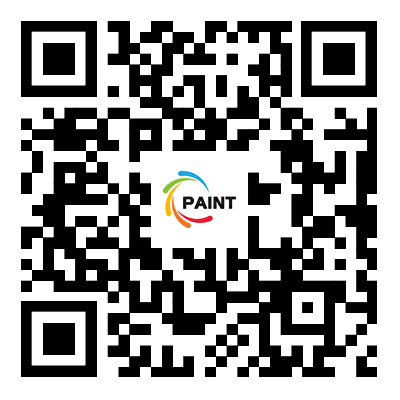Here are some examples of specialty pigments and their applications
2024-01-10
Specialty pigments refer to a diverse category of pigments that are designed for specific and specialized applications, often beyond conventional coloring. These pigments can provide unique effects, properties, or functionalities, making them suitable for various industries and creative endeavors. Here are some examples of specialty pigments and their applications:
1. Pearlescent Pigments:
- Pearlescent pigments, also known as interference pigments, create a shimmering or iridescent effect by reflecting and refracting light. They are commonly used in cosmetics, automotive coatings, plastics, and printing inks to achieve a pearl-like appearance.
2. Fluorescent Pigments:
- Fluorescent pigments emit visible light when exposed to ultraviolet (UV) light. They are often used in safety applications, such as high-visibility clothing, signage, and markers, as well as in artistic and decorative materials.
3. Thermochromic Pigments:
- Thermochromic pigments change color with variations in temperature. They are used in products like mood rings, novelty items, and temperature-sensitive coatings. Thermochromic pigments are also applied in smart packaging to indicate temperature changes.
4. Photochromic Pigments:
- Similar to thermochromic pigments, photochromic pigments change color in response to light exposure, specifically UV light. They are used in applications like eyewear lenses that darken in sunlight and certain types of inks.
5. Glow-in-the-Dark Pigments (Phosphorescent):
- These pigments absorb and store light energy, then release it slowly over time, creating a glow-in-the-dark effect. They are often used in toys, safety signage, and decorative items.
6. Metallic Pigments:
- Metallic pigments contain reflective particles that impart a metallic sheen to surfaces. They are commonly used in automotive coatings, cosmetics, printing inks, and various industrial coatings to achieve a metallic appearance.
7. Color-Shifting Pigments:
- Color-shifting pigments, also known as chameleon pigments, change color depending on the viewing angle. They are used in automotive coatings, nail polishes, and other applications where a dynamic color effect is desired.
8. Anti-Corrosive Pigments:
- Anti-corrosive pigments are designed to protect metal surfaces from corrosion. They are often used in industrial coatings, paints, and primers to enhance the durability and lifespan of metal structures.
9. Infrared-Reflective Pigments:
- Infrared-reflective pigments are used in coatings and materials to reflect infrared (heat) radiation. This can help reduce heat absorption and improve energy efficiency, especially in building coatings and automotive applications.
10. Magnetic Pigments:
- Magnetic pigments contain particles that respond to magnetic fields, making them suitable for magnetic inks, security applications, and educational materials.
11. Liquid Crystal Pigments:
- Liquid crystal pigments create color changes based on the orientation of liquid crystal molecules. They are employed in cosmetics, coatings, and specialty printing to achieve dynamic color effects.
The selection of specialty pigments depends on the specific requirements of the application, desired effects, and the functional properties needed in the final product. Specialty pigments often contribute to the uniqueness and innovation of products in various industries.



